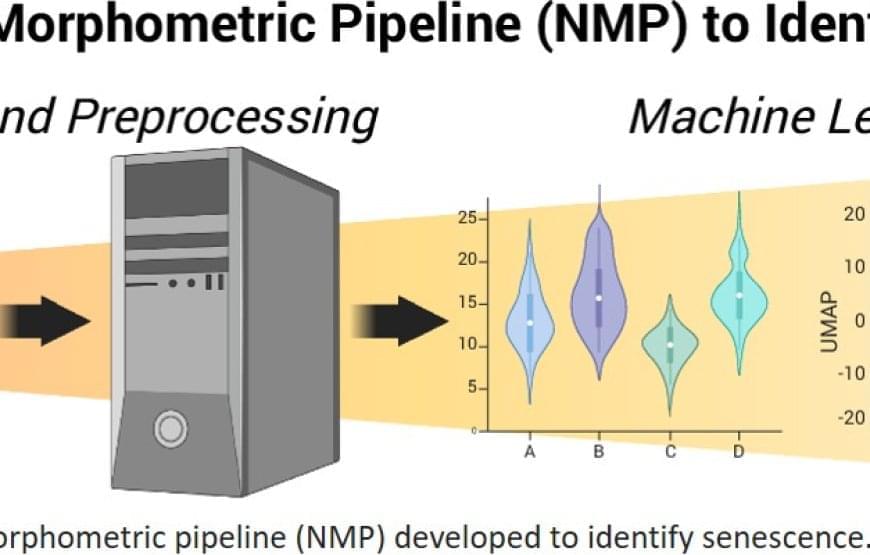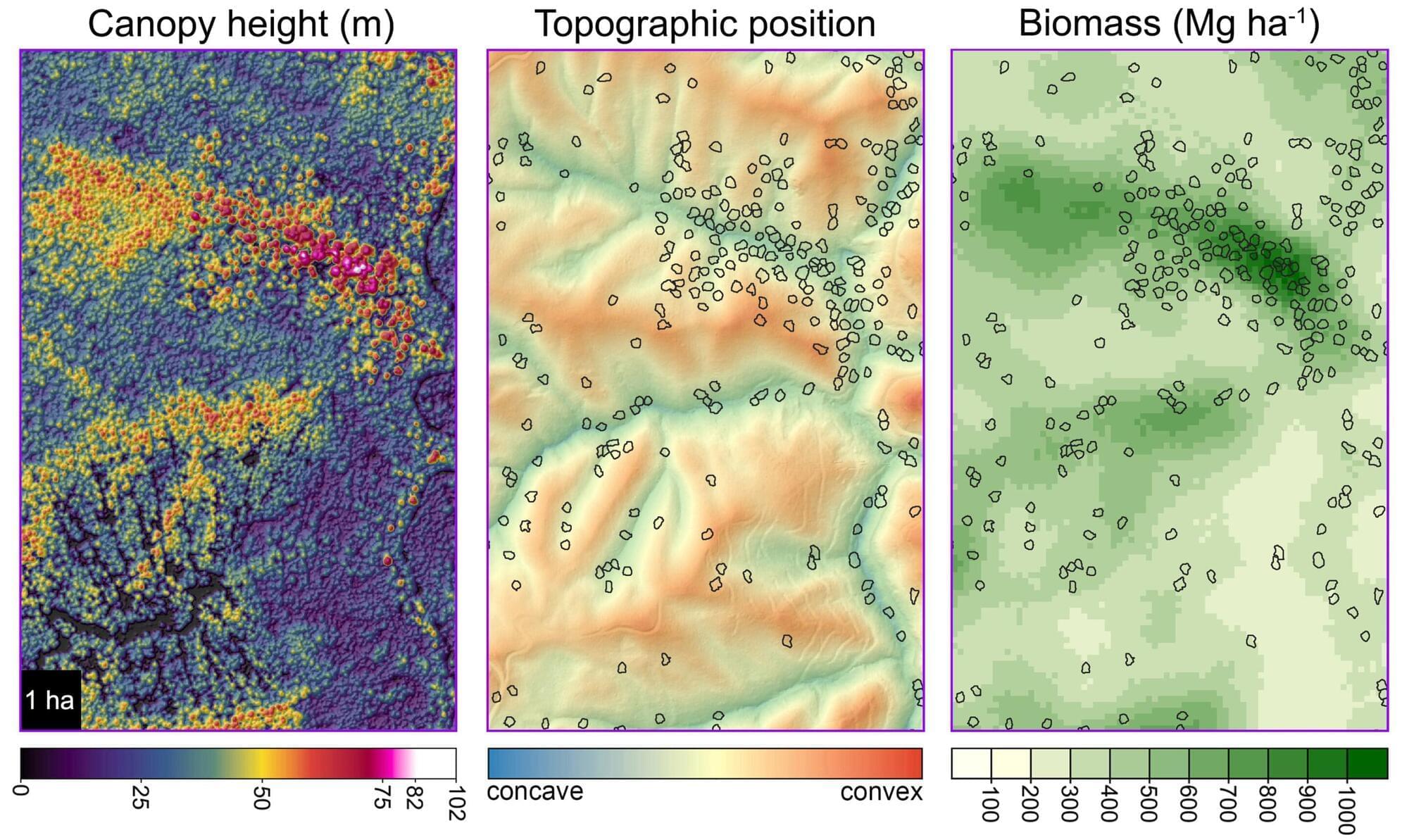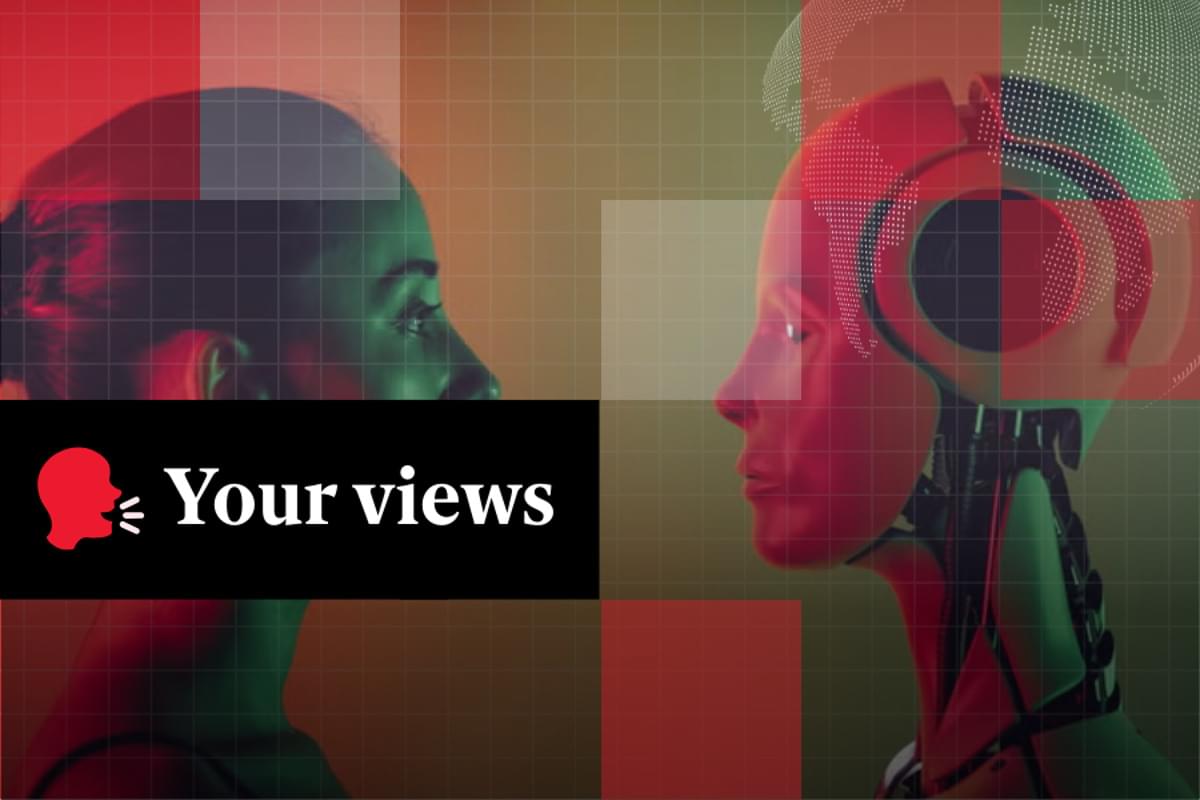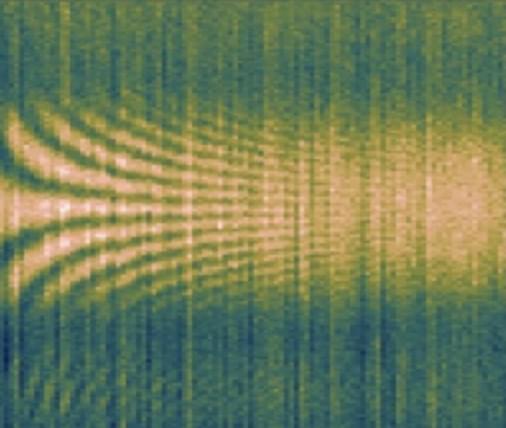A combination of high-resolution imaging and machine learning, also known as artificial intelligence (AI), can track cells damaged from injury, aging, or disease, and that no longer grow and reproduce normally, a new study shows.
These senescent cells are known to play a key role in wound repair and aging-related diseases, such as cancer and heart disease, so tracking their progress, researchers say, could lead to a better understanding of how tissues gradually lose their ability to regenerate over time or how they fuel disease. The tool could also provide insight into therapies for reversing the damage.
The study included training a computer system to help analyze animal cells damaged by increasing concentrations of chemicals over time to replicate human aging. Cells continuously confronted with environmental or biological stress are known to senesce, meaning they stop reproducing and start to release telltale molecules indicating that they have suffered injury.









